Space rocks are an unavoidable aspect of operating any spacecraft for a long-term science mission. In fact, the International Space Station has been hit by several space rocks according to NASA, including one that damaged a solar array and another that hit a window.
“We have experienced 14 measurable micrometeoroid hits on our primary mirror, and are averaging one to two per month,” said Mike Menzel, Webb lead mission systems engineer at NASA’s Goddard Space Flight Center in Greenbelt, Maryland. As SpaceChatter and Forbes reported, an outlier did occur in May when a micrometroid struck a portion of the telescopes mirror, knocking it slightly out of alignment.
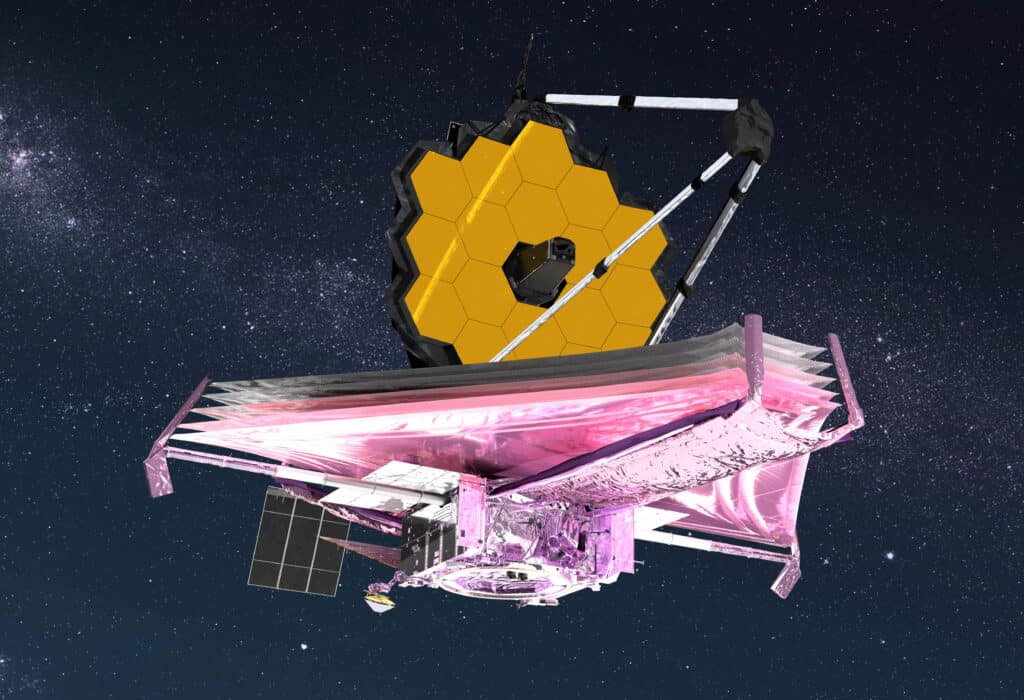
There’s nothing scientists can do to 100% prevent these strikes from happening. But there are things they can do to make sure they don’t cause too much damage. Small particles, such as dust or debris, collide with the James Webb Space Telescope while it is in orbit regularly. The telescope is designed to withstand such impacts and has protective measures in place to minimize the risk of damage. Additionally, the telescope has a sunshield to protect it from direct exposure to the sun’s rays and to help regulate its temperature, and a protective coating on its mirrors to help prevent damage from particles or other objects.
Telescopes are made with mirrors—they reflect light and allow it to travel through a long tube where it can be focused precisely.
The telescope is still reported to be functioning nominally. There have been no changes to Webb’s operations, and we’ve been starting to see the stunning first images. It’s no surprise that NASA wants to take every precaution when it comes to protecting it.
Space rocks are a fact of life — engineers expected them when designing and manufacturing the telescope’s mirrors. The design and build of Webb considered the extreme conditions of space that it would have to operate in for years.
The Webb telescope needed to withstand the vibrations of launch, the heat, and cold that came with its orbit, as well as micrometeoroids.
These rocks can be smaller than a grain of sand. These sound harmless, but debris and rocks move fast in space (about 17,500 MPH or more). Micrometeroids can cause some serious damage if it hits the spacecraft at just the right angle or with enough force.
Researchers back on Earth put samples of the mirror under vigorous testing — but nothing that could mimic the vastness and unknown elements of true space. The telescope’s orbit is so far away (one million miles away) that it could cross uncharted space rocks that could damage or destroy the $10 billion piece of equipment.
“We designed and built Webb with performance margin – optical, thermal, electrical, mechanical – to ensure it can perform its ambitious science mission even after many years in space,” says Paul Geithner, technical deputy project manager at NASA’s Goddard Space Flight Center in Greenbelt, Maryland, in a statement.
Failure is not without knowledge: thanks to the micrometeoroid strike, NASA’s Marshall Space Flight Center has been able to collect a treasure trove of data. Engineers are still running newer models, putting together a bigger picture of how many micrometeoroids could be out there.
There are still a few options to protect Webb in its faraway orbit, such as turning the telescope’s optics away before meteor showers occur. As for the rogue micrometeoroid? Those are going to be much harder to predict.
The trick is finding a balance between these two needs: protecting the telescope from micrometeoroid impacts while still allowing Webb to focus on objects at great distances.
This article was updated 12/22/22.
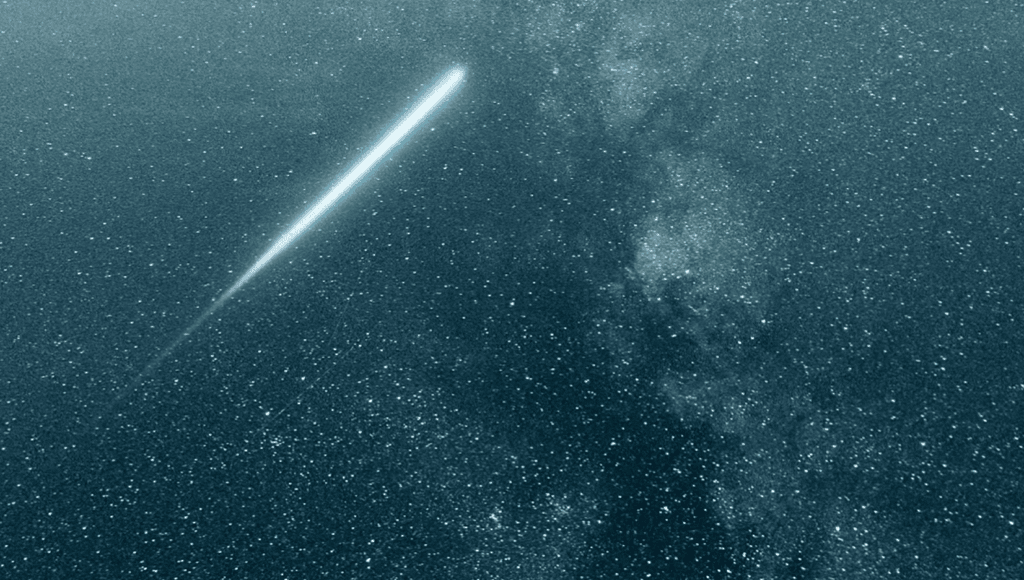


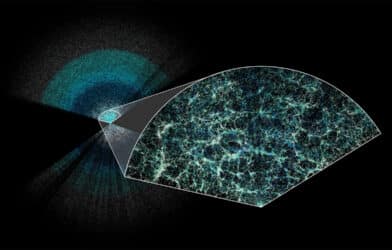
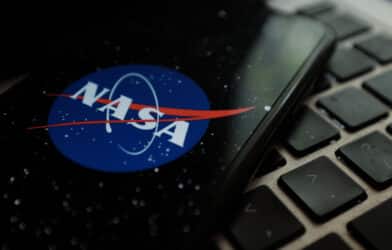
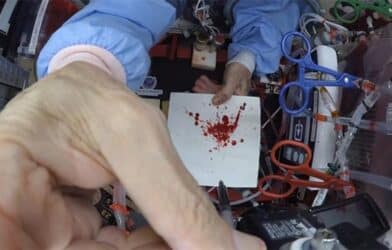
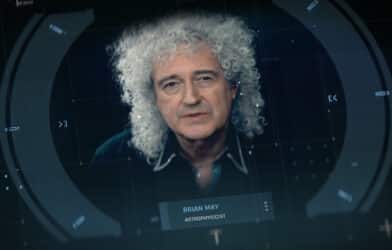






Shouldn’t headline read “$10B” James Webb telescope. The article even refers to that dollar amount not $10 million.
This seems like non-news clickbait that was phoned in by the author. This event happened in May, it’s no longer news in December. Ms. Kinlin, you’re probably very intelligent and interesting, find a better use for your skills than filling up empty pages at a knock-off space news website.
Good information is hard to come by these days.
It’s 10
Billion,
Not 10
Million